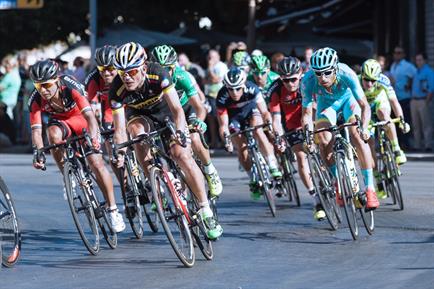
We previously wrote about what mastery is and why it’s important, so now let’s dig into how to achieve it. Those at the top of their game rarely get there by accident. Instead, they put in the effort, hours and – most importantly – thought to hone their skills and become a master.
If you are striving for mastery, you won’t reach it by simply repeating the same actions over and over. Instead, you need to adopt a smarter approach to how you practice.
Turning practice into results
When elite athletes train, they don’t simply lace up their shoes and start running around the football pitch or shooting baskets on the basketball court. They have a clear strategy for what and how they need to practice to achieve their goals.
To become a master in your field, you need a similarly thoughtful approach. In an article about mastery published on Inc.com, author Ken Sterling lays out six steps that can help you practice smarter:
- “Establish well-defined and specific goals” – There’s little point in practicing if you don’t know why you’re doing it. Ken notes that the goals you set should be specific and represent progress beyond your current level. Aiming simply for improvement is too vague and won’t enable you to focus your efforts in a productive manner.
- “Break your task down into parts and make a practice plan” – Whatever skill you’re trying to develop, it’s likely made up of several components that you can tackle and refine separately. For example, if you’re trying to improve your freestyle swimming, you can work separately on your breathing, kicking, stroke, etc. Ken recommends giving structure to your practice by being specific about what, when and how you’re going to practice each component.
- “Give each part your full attention” – A half-hearted or distracted effort will get you nowhere. Ken’s advice: go slow and don’t multitask. If you dedicate yourself fully to each component, you’ll be able to improve in each area before bringing all the moving parts together.
- “Get feedback from a master” – Self-learning through trial and error is possible, but it’s far from efficient. If you’re serious about mastery, seek out an experienced mentor to guide your progress. As Ken explains, getting input from an expert will ensure you’re practicing the right skills and not just reinforcing bad habits.
- “Stray out of your comfort zone” – Improvement comes through pushing your limits, not repeating the actions you already know. Mastery is about continuous improvement and building your abilities, one layer at a time. However, Ken cautions against pushing ahead too quickly: going too far beyond your comfort zone can lead to injury or discouragement.
- “Maintain your motivation” – Striving for mastery is a long-term endeavour, so setting yourself up for success means ensuring you’ll be able to stick with it. Ken highlights the need for having “the emotional, logical, and logistical reasons to continue”. Part of this requires looking within (what are the sources of inspiration and emotional drivers that will ensure you keep practicing?) and part of it involves removing external barriers (how can you optimize the logistics of how, where and when you practice to minimize the chances that you’ll throw in the towel?).

Becoming a master
Practice can make you better at what you do, but it takes a smarter approach to practice to set yourself on the road to mastery. Whether you’re trying to give yourself a career boost or rise to an elite level in an area of personal development, you stand a much greater chance of mastering key skills if you apply a thoughtful strategy to how you practice.